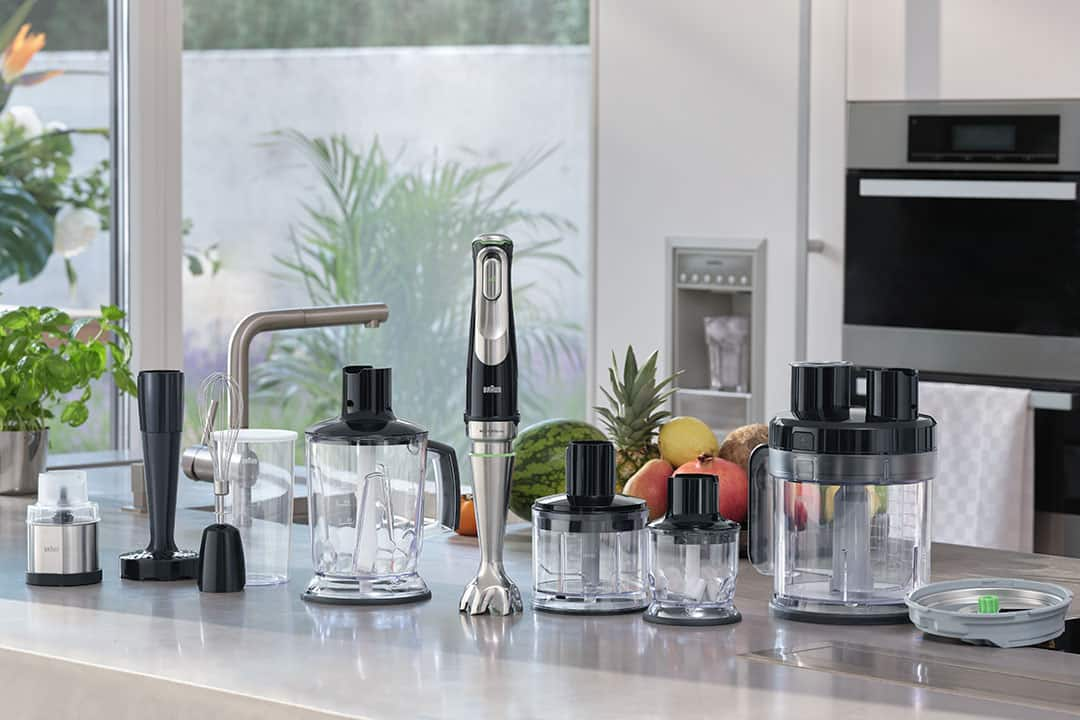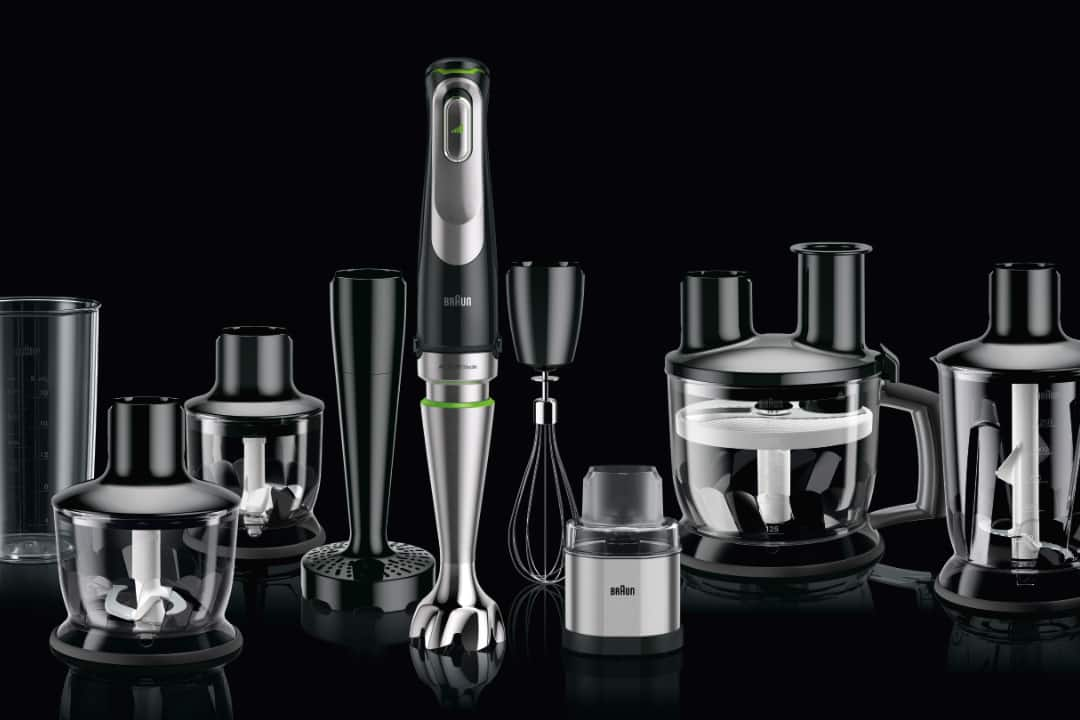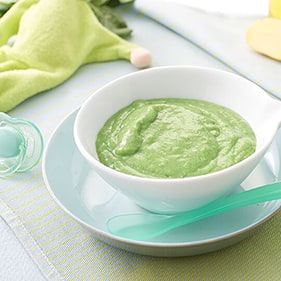Expresní přeprava zdarma při nákupu nad 850 kč
Bezplatné vrácení
Příprava jídla
Vaření
Snídaně
Promo
Příprava jídla
Vaření
Snídaně
Promo
Inspirujte se

Braun MultiQuick System
Nejširší nabídka příslušenství na světě pro nekonečné možnosti.






MultiGrill 9 Pro
Nejvýkonnější gril Braun pro profesionální výsledky grilování




Horkovdzušná fritéza
Objevte maximální pohodlí.

Breakfast Series 1
Just what you need. Start your day off right.









Steam generator irons
Save 50% time* for what really matters.








Recipe collection
Fun and simple recipes from Braun.

Funkce dezinfekce
Likviduje více než 99,99 % virů a bakterií¹

Mějte páru o šatníku s Královnami pořádku

Braun pomáhá
Děláme svět lepší s nadačním fondem Šatník


Objevte širokou nabídku produktů značky Braun pro pánskou péči o vzhled, odstraňování chloupků u žen, péči o pokožku a péči o vlasy.


